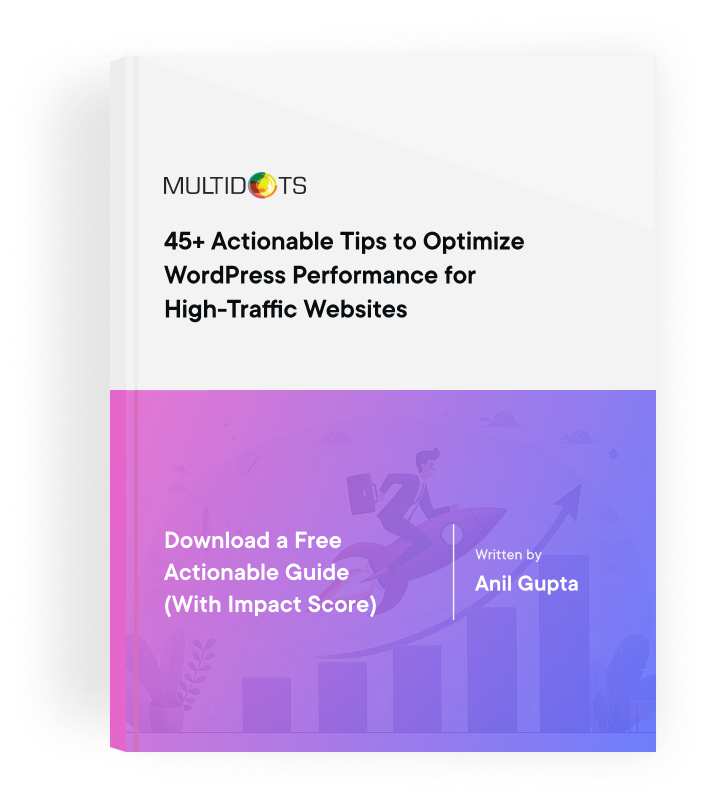Choosing Between AEM and Salesforce: What You Need to Know
Navigate the critical differences between AEM and Salesforce to make an informed choice for your enterprise needs

Table of Contents
Adobe Experience Manager (AEM) and Salesforce are two popular business platforms. Typically, AEM is your go-to for managing and delivering digital content, perfect for companies with complex content needs across websites and apps. On the other hand, Salesforce is a customer relationship management (CRM) platform that helps businesses track sales processes and nurture customer interactions. While they both have different purposes, understanding their core functions is a must for choosing the right one – let’s take a look at AEM vs Salesforce in more detail.
Understanding the Core Differences Between AEM and Salesforce
When it comes to managing content and customer relationships, AEM and Salesforce have two very different purposes. AEM is a CMS that is great for building websites, mobile apps, and forms that deliver personalized experiences. It's the go-to choice for large retailers like Crate & Barrel and Home Depot, who have massive amounts of digital content and create engaging, personalized web experiences for their customers.
Salesforce, however, is all about managing customer relationships. As a CRM platform, Salesforce helps businesses track sales processes and customer interactions. Sales teams use it to manage leads, close deals, and maintain customer satisfaction. Marketing and IT teams typically use AEM to focus on content and digital experiences, while Salesforce finds its home in the sales department, where tracking customer interactions is essential.
Although AEM and Salesforce cater to different business needs, they can work together. For example, integrating Salesforce with AEM allows businesses to use Salesforce data to enhance marketing, providing insights into customer engagement from initial contact to closing a sale.
Here are some of their differences to be aware of:
- AEM is designed for large enterprises that need advanced content management and personalization capabilities.
- Salesforce is ideal for businesses needing a comprehensive solution to manage customer relationships, sales, and marketing efforts.
- AEM is typically used by marketing and IT teams, while Salesforce is the domain of sales teams.
- AEM and Salesforce can be integrated to enhance customer engagement and streamline the sales process.
Evaluating Content Management and Personalization Features
AEM was built to handle everything from personalized websites to mobile apps, making it a favorite for companies that want their digital content to really stand out. AEM's strength is in personalization, as its tools allow you to create tailored content experiences that really speak to your audience. Plus, its generative AI features make it easy to whip up new content and test what works best, all while keeping in line with your brand's style.
But that doesn’t mean we should dismiss Salesforce just yet. Salesforce doubles as a hybrid CMS. You can create and push content like marketing emails, customer portals, and eCommerce listings. However, it doesn't focus on design as much as AEM does; instead, it’s great at using customer data to drive business operations. Its AI personalization features are great for tracking and enhancing customer experiences, so you can tweak things to better fit customer needs.
To put it simply, AEM is the go-to for those who want advanced content and design capabilities. But if your focus is more on customer data and engagement than on visual design, Salesforce might be more for you.
User Experience and Learning Curve
AEM offers a slick, user-friendly interface that marketers and site builders appreciate. Its drag-and-drop function makes content creation super easy (and enjoyable!) AEM also supports collaboration with features like workflows and approval processes, although these can be a bit tricky to navigate initially. Because of its extensive customization options, first-time users often find that some hands-on training is essential to get the most out of the platform. Even experienced users coming from other CMS platforms might face a bit of a learning curve with AEM’s advanced features.
Salesforce, however, is designed to be more accessible to a wider audience. Its user experience is tailored for people who may not be as tech-savvy, making it an excellent choice for businesses that want to get up and running quickly. While Salesforce offers extensive customization options that can become a bit complicated, the platform is generally easy to use. Most users can use its basic features without much trouble or training. However, if users do need a bit more guidance, Salesforce offers Trailhead, an online learning platform with modules that cover a wide range of topics. It’s a great resource for anyone looking to delve deeper into the platform's capabilities.
WordPress as a Better Alternative to AEM and Salesforce
If you’re on the fence about whether to go with Salesforce or AEM, you might want to consider WordPress instead. WordPress is a versatile platform that appeals to a much broader market base and can handle everything that AEM and Salesforce manage, plus more! It’s known for its extensive customization features, allowing users to design sites with the same level of responsiveness as those built on AEM but without the steep learning curve.
WordPress also offers integration capabilities, particularly with Salesforce. This means you can use Salesforce to manage your CRM needs while enjoying a beautiful, functional WordPress website as your shopfront, something AEM doesn’t offer.
One of WordPress's biggest advantages is its cost-effectiveness. As an open-source platform, it provides access to a vast library of free plugins and themes, allowing businesses to get started building a site without a huge investment. However, if you're aiming for a large, scalable project like those typically developed on AEM, we’d encourage you to partner with Multidots.
Multidots is a WordPress VIP Gold Partner. This endorsement speaks volumes about Multidots' expertise in helping businesses maximize their profit from web publishing.
Which CMS Suits Your Business Best?
Choosing between AEM and Salesforce depends on your business needs. AEM is great for customization and perfect for companies that require a content management system. Salesforce stands out as a more beginner-friendly option, ideal for businesses focused on customer relationship management. However, comparing these two isn't entirely fair, as they serve different purposes.
WordPress is a strong alternative to both. It offers a blend of customizable design, user-friendly experience, and CRM integration options, making it suitable for a broader audience. Its versatility and cost-effectiveness make it a smart choice for businesses looking to build a beautiful, functional website without breaking the bank!
For those who want to take their web projects to the next level, partnering with a trusted development agency like Multidots can help unlock the full potential of your WordPress site. Multidots' years of experience working with both platforms ensure that you get the most out of your digital presence – so get in touch today!
Feel free to schedule a quick call with our migration expert.
Contact Us
